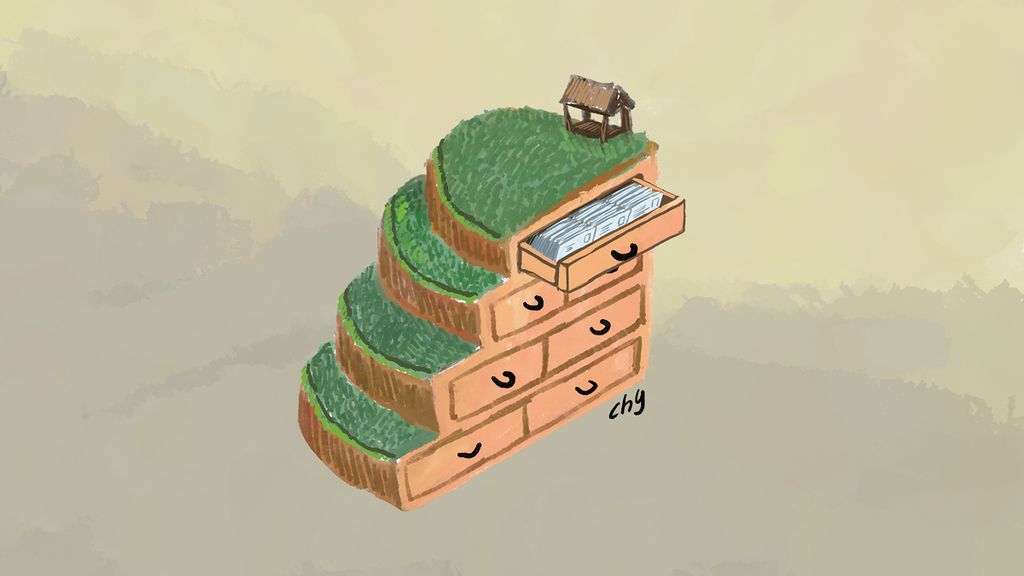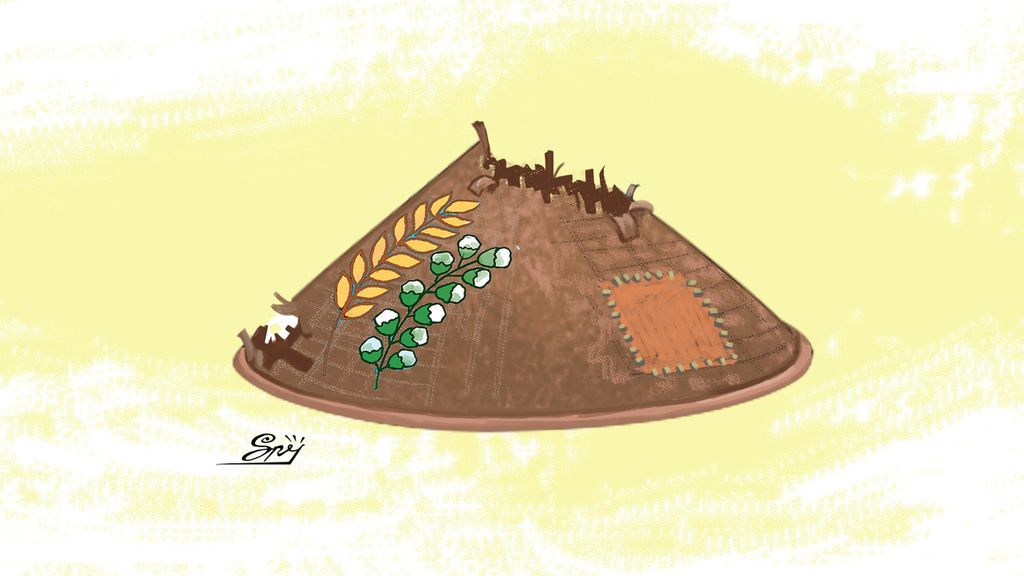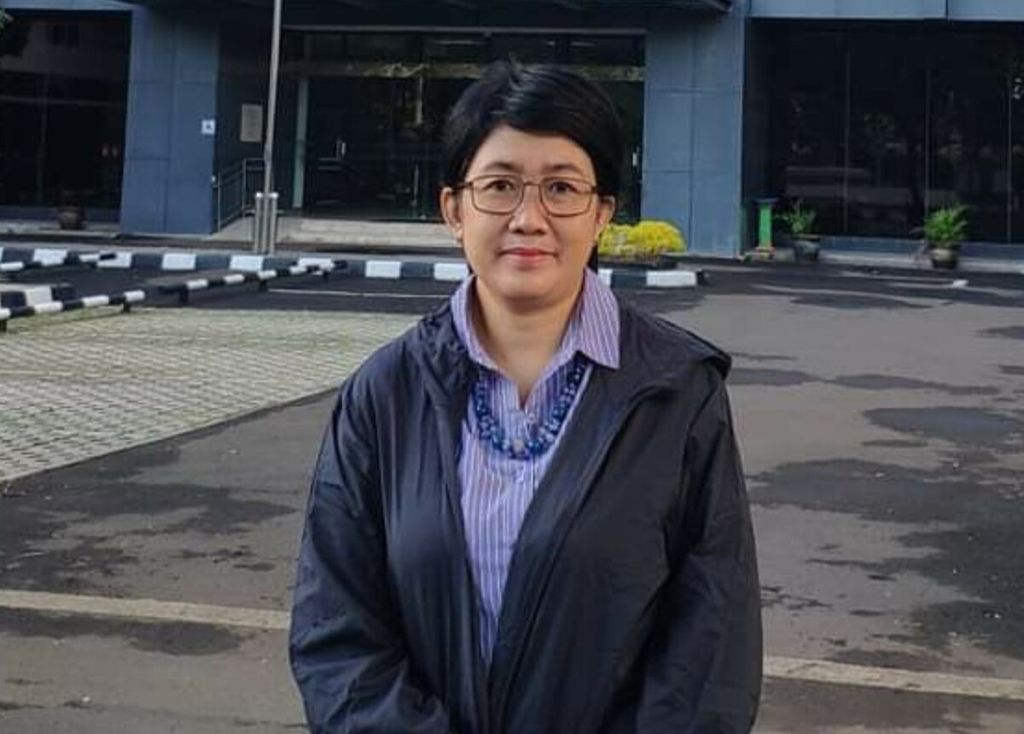Agricultural Data and Poverty in Villages
The 2023 Agricultural Census can be the answer to the need for a new data structure for Indonesian agriculture. With quality agricultural data, rural poverty, especially poverty among farmers, can be better intervened.

National growth of the agriculture sector must be observed to see its impact on the poor in villages. The 2023 Agricultural Census may be the answer to the needs for a new Indonesian agricultural data structure.
Agriculture is one strong contributor to the life, development and economy of Indonesia. During the Covid-19 pandemic, when Indonesia’s economy contracted by 2.07 percent in 2020, the agriculture sector continued to grow by 1.77 percent.
The poor in villages
National growth of the agriculture sector must be observed to see its impact on the poor in villages . In 2022, there was a decrease in low-income people in villages from 12.53 percent to 12.36 percent; a figure that the government might have hoped to see even more significant reductions in.
This is in contrast to the percentage of low-income people in cities, which fell from 7.6 percent to 7.53 percent. Although the decline was not very significant, the percentage of poor people in the cities is smaller than the percentage of poor people in villages. This is certainly closely related to the welfare of farmers who generally live in villages.
The agricultural sector has been able to grow and contribute quite strongly to national economic growth, but has not significantly reduced the percentage of low-income people in villages.
Also read:
> Accuracy of Agricultural Land Data
> Strange, Food Data is Problematic
What needs to be further explored is whether most of this contribution comes from the agricultural industry or if it were the contribution of farmers in general, including smallholders.
Moreover, does employment in the agriculture sector make Indonesian farmers resilient or do they simply become laborers in the sector? This data is important to further understand how to optimally strengthen Indonesian farmers.
Need for a new agricultural data structure
Addressing rural poverty, especially farmers and fishermen, will require more detailed data at the individual level.
It is urgent to have a new data structure for the agriculture sector. Farmer data organized at the name and address level is needed so that aid can be provided appropriately for each farmer.
It is urgent to have a new data structure for the agriculture sector.
Additionally, the new agricultural data structure needed is one that can be directly linked to other important development issues, such as poverty, education, technological development, genetic engineering, gender and other accesses that should be available to improve the welfare of farmers.
This new structure of agricultural data must cover four main pillars of Agricultural Statistics, namely crop and livestock production, agricultural socio-economics, production costs and the national agricultural balance sheet. Agricultural data will also be closely related to the achievement of several Sustainable Development Goals (SDGs) indicators.

Agricultural Census and new agricultural data structure
The 2023 Agricultural Census brings hope for better data structure for the agriculture sector.
Unlike the previous agricultural census that was based on agricultural households, the 2023 Agricultural Census will include data at the individual level.
Some developments in the data structure collected for the 2023 Agricultural Census are related to (a) demographic characteristics of farmers, (b) small-scale farmers/smallholders and (c) farm management.
Data related to farmers’ demographic characteristics is important information. This data can group farmers by age, gender and marital status, which can then be directly linked to economic activities and farmland ownership.
Interventions to strengthen farmers will be more appropriate when based on the demographic characteristics of existing farmers. When linked to the development of millennial farmers at this time, this data is an important piece of information.
Farmers are classified as small-scale farmers if they manage a farm of two hectares or less and in a year are able to generate a maximum income of Rp 18.8 million. If the number of farmers at the intersection of physical size and economic size is small, it can illustrate the increasingly severe welfare conditions of farmers.
Also read:
> Rice Surplus, Adequacy and Reserves
> Systemic Destruction of Rice Sovereignty
Farmers’ welfare will be closely related to food security and nutrition, sustainable rural life and global food production.
In addition to small-scale farmers, it is also important to identify “smallholders.” These are farmers who cultivate less than half a hectare of land and are generally farmers with limited conditions.
How farmers manage their farmland is important information for anyone interested in advancing agriculture in Indonesia.
Management of the farm business unit can be shown through the support programs farmers have taken part in, such as extension services and membership in farmer groups.

It is important to know whether farmers are also members of partnerships. It is also important to obtain information related to how farmers use fertilizers on farms and what type of fertilizer is used. In 2021, based on fertilizer use management, 19.05 percent of agricultural land in Indonesia was categorized as unsustainable.
Management of agricultural business units will be able to illustrate other economic activities undertaken by farmers, such as processing of agricultural products, handicraft manufacturing, agritourism management (which is quite prevalent these days), hotels and restaurants.
Other economic activities of farmers will be able to capture the economic potential of farmers.
Sources of agricultural data
Agricultural data is not sourced from only one ministry or institution. Agricultural data from various data producers can be integrated to be optimized.
The integration of agricultural data can be collected by Statistics Indonesia (BPS) as the national data provider, then the Agriculture Ministry, associations, farmer groups, provincial and district/city administrations as well as other data producers. The integration of existing data can serve as the basis for the formation of a single Indonesian agricultural data, which will become a reference on various development issues.
Challenges in data integration
The 2023 Agricultural Census can be the answer to the need for a new data structure for Indonesian agriculture. This data will prove very useful in addressing poverty within the agriculture sector. Detailed and comprehensive agricultural data is expected to provide an overview of not only the development of the agricultural sector but also the economic conditions of farmers.
With quality agricultural data, rural poverty, especially poverty among farmers, can be better intervened.
Also read:
> Burdens of the ‘Sandwich’ Generation and the Demographic-Bonus Opportunity
Collecting agricultural data in the field is quite challenging. Cross-ministerial coordination will be very helpful in collecting this data. Agricultural extension workers and farmer groups as well as village heads have a strong role to play in accurate data collection. Data integration from various data sources also requires a strong coordination and cooperation forum.
Preparing regulations for data sharing is the first step that must be taken immediately. Preparing infrastructure and sharing mechanisms is also an absolute prerequisite. Quality agricultural data will be produced with the participation and collaboration of all parties.

Margaretha Ari Anggorowati
Margaretha Ari Anggorowati, Statistics Indonesia Law and Public Relations Bureau
This article was translated by Kesya Adhalia.